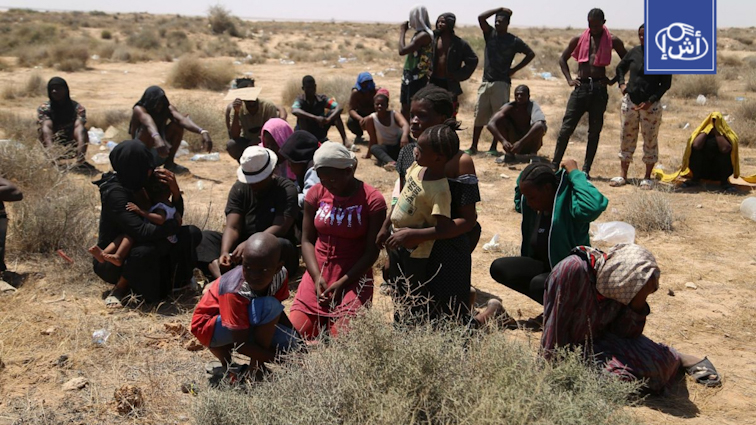A report issued by the Displacement Tracking Matrix program of the International Organization for Migration in Libya revealed the registration of more than 725,000 migrants distributed among 100 Libyan municipalities.
This report monitors the dynamic movement and ongoing humanitarian challenges facing migrants coming from 44 different nationalities.
According to data collected during the period between March and May of this year, Libya witnessed a slight increase in the number of migrants by 1% compared to the numbers recorded last December.
This is considered the largest number of immigrants recorded since the beginning of data collection in 2016, although it is still less than the numbers recorded before the political events and unrest in 2011, when the number was approximately 2.5 million immigrants.
An increase in the number of migrants was observed in the eastern and western coastal regions, as they seek better job opportunities in sectors such as construction, oil, trade and agriculture, benefiting from the relative security stability in some areas.
The report highlights the multiple dimensions of the migration issue in Libya, pointing to the great challenges facing migrants under the current circumstances, and stresses the urgent need to provide more humanitarian support and improve the living conditions of these groups.
The Minister of Interior in the outgoing Libyan unity government, Imad Trabelsi, stated that the number of irregular migrants deported from Libya during 2023 reached more than 10,000 migrants.
As for the International Organization for Migration, it announced that the number of migrants rescued or returned to Libya by the Libyan Coast Guard reached more than 1,004 irregular migrants until the beginning of February 2024, at a time when the influx of displaced Sudanese into Libya continues, especially to the regions of Kufra and the east of the country. .
The United Nations calls for unified efforts to rebuild Derna, Libya after the storm “Daniel”
